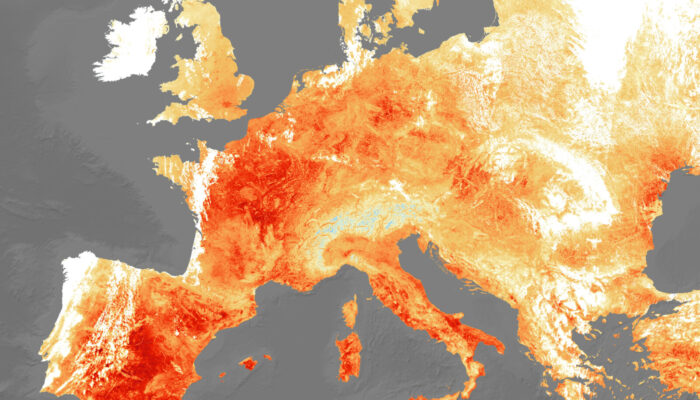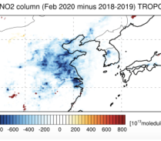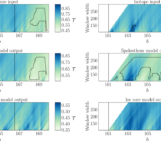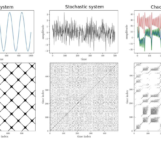
Persistent atmospheric circulation patterns are not a necessary requirement for warm temperature extremes in Europe. This key finding from a recent study led by Emma Holmberg challenges a more traditional meteorological view of persistence, which typically considers summertime heatwaves, especially in northern regions of Europe, to be synonymous with persistent atmospheric flow patterns. Furthermore, wintertime warm spells, particularly for western regions of Europe, are typically associated with the sustained advection of warm maritime air associated with persistent zonal type circulation patterns.
Holmberg et. al.’s study leverages an objective metric for persistence pioneered by the dynamical systems community. This metric for persistence is based on the concept of analogues, namely, that the atmosphere displays similar atmospheric configurations to those that it has displayed before. Here the atmospheric configurations are represented by daily Z500 and SLP fields. In practice, each map has its own unique set of analogues, and the way that these analogues are distributed in time determines the persistence of a given configuration. For example, if the analogues were distributed throughout the time series such that they occurred in a limited number of ‘clusters’ of consecutive days, this would correspond to a persistent configuration. Conversely, analogues which were more uniformly distributed throughout the time series would correspond to a less persistent configuration.
A relatively recent application of this dynamical-systems based persistence metric to the phenomenon of atmospheric blocking found no clear signal for enhanced persistence during these events. This appears to somewhat contradict earlier statements from the meteorological community, and the primary aim of Holmberg et. al.’s study was to analyse whether the circulation patterns associated with warm temperature extremes in Europe display above average persistence. The findings for wintertime show partial agreement with the notion that warm temperature advection associated with persistent surface-level atmospheric configurations is linked to warm spells, although the results show some sensitivity to region, and we suggest that other mechanisms, for example subsidence, could also play a role in developing warm temperature anomalies. For summertime heatwaves the results show a weak link to persistent circulation patterns, although again the results depend on region and tropospheric level, and we suggest that drivers other than large scale temperature advection, for example, subsidence and radiative forcing, could also play a key role in engendering large temperature anomalies.
An overarching secondary objective was to familiarise a wider audience with this metric for persistence in a language more palatable to those with a background in meteorology rather than mathematics. We also hope that this blog post will further contribute to this end, and we would strongly encourage readers to have a look at our article for a more detailed explanation of our findings and methodology!
Reference
Holmberg, E., Messori, G., Caballero, R., and Faranda, D.: The link between European warm-temperature extremes and atmospheric persistence, Earth Syst. Dynam., 14, 737–765, https://doi.org/10.5194/esd-14-737-2023, 2023.

Box plots of anomalies of the dynamical systems based persistence metric for all heatwave (c, d) or warm-spell (a, b) days in the considered regions at both the surface level (a, c) and the mid-level (b, d). Negative anomalies correspond to configurations displaying above average persistence and blue boxes indicate statistical significance.




